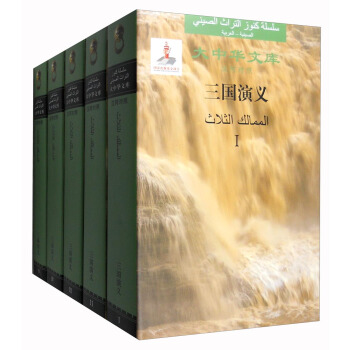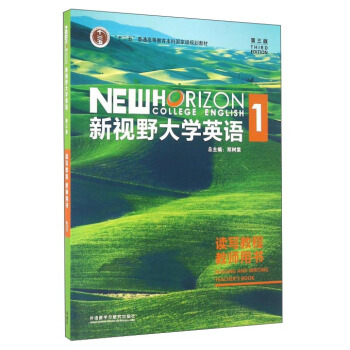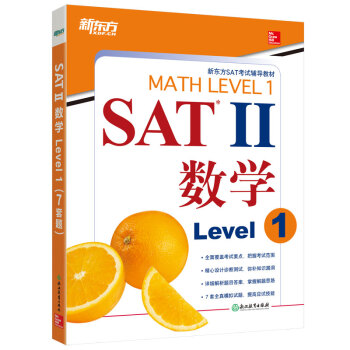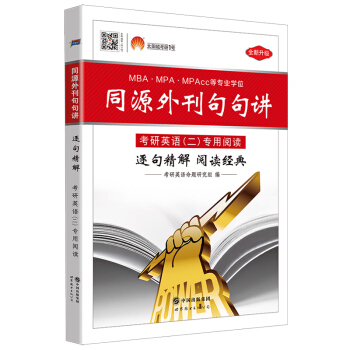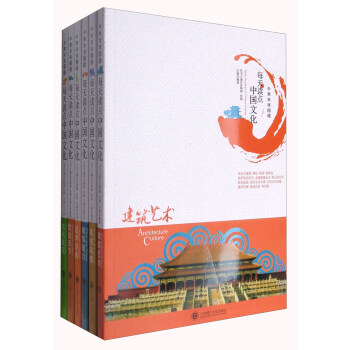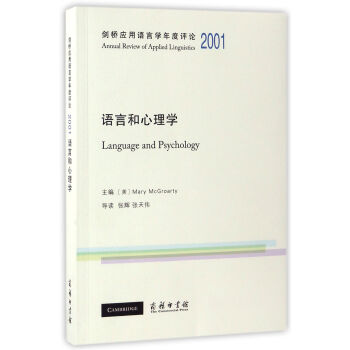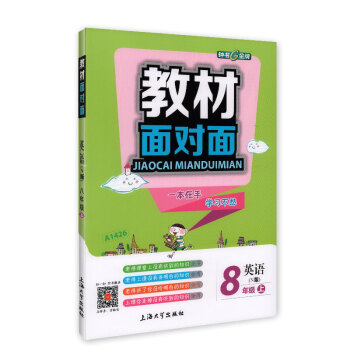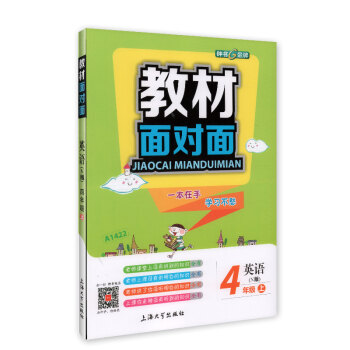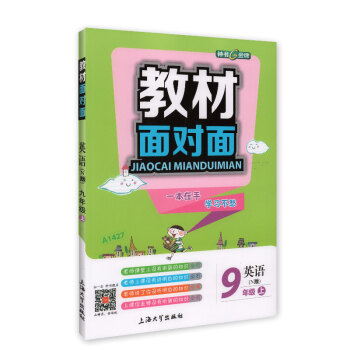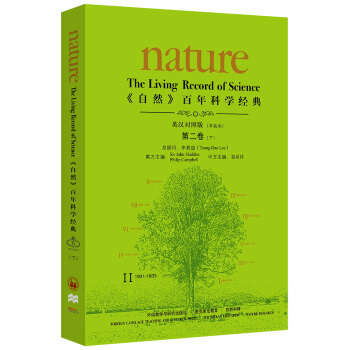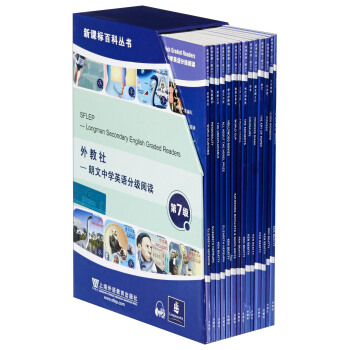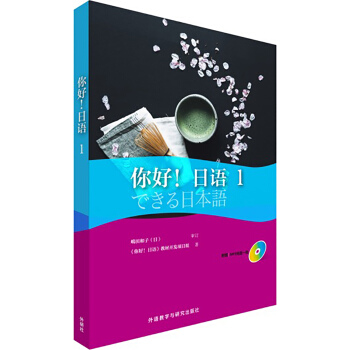![中國文化經典導讀係列 名傢講中國古典戲麯(英文版) [Masters on Masterpieces of Chinese Opera]](https://pic.tinynews.org/11893253/56fb7d9dNb748fd28.jpg)

具体描述
編輯推薦
本書既有對中國戲麯發展概況、藝術特點的綜閤描述,也有對戲麯的不同行當、類型、代錶作品的專門介紹,對於讀者瞭解中國戲麯、瞭解中國文化,是一本很好的指導介紹性讀物。
The book includes both overviews on the development and artistic features of the Chinese operas and specialized introduction to the roles, types and representative works of the operas. It is a good guide book for readers to understand the Chinese operas and culture.
內容簡介
“中國文化經典導讀”係列分領域介紹中華文化(文學、曆史、藝術、教育等)的經典作品及其內涵,為外國讀者瞭解中國文化提供既實用的指南,以有效地促進外國讀者對中國文化的瞭解。
中國古典戲麯與古希臘戲劇、印度梵劇並稱為“世界三大古老戲劇”,並在長達800年以上的時間裏,始終保持著自己的基本形態。本書在簡要概述中國戲麯發展曆程和主要特點的基礎上,重點選取有代錶性的戲麯作品,從文學、錶演等不同角度加以分析。國外讀者可以由此明白如何更好地欣賞中國古典戲麯。
The classical Chinese opera, the ancient Greek play and the Indian Sanskrit drama are known as the “three greatest ancient theatres in the world”. For more than 800 years, the classical Chinese operas have been developing with their fundamental forms retained. Based on a brief introduction to the development and main characteristics of the Chinese operas, the book provides analysis on a number of representative opera works from different perspectives, such as literature and performance. For foreign readers, it is a good work for learning about how to enjoy the Chinese operas in a better way.
作者簡介
《文史知識》編輯部,《文史知識》雜誌自創刊以來,一直堅持大專傢寫小文章,堅持深入淺齣地介紹和評述中國優秀傳統文化,受到學術界的廣泛好評。其作者薈萃全國一流文史專傢,內容涵蓋中國傳統文化各個方麵,文章知識性、趣味性、學術性兼備,深入淺齣,雅俗共賞。
Editorial Board of Chinese Literature and History: Since the first issue of the Chinese Literature and History magazine, the Editorial Department has been embracing the principle to invite highly proficient experts to write easy-to-understand articles to introduce and review the excellent traditional Chinese culture in simple language. Therefore, the magazine has won wide acclaim in the academic circle. It has attracted a great number of Chinese authors, who are top experts in literature and history. Its content covers all aspects of traditional Chinese culture. Its articles are highly informative, interesting and academically outstanding. The adoption of the way to explain the profound in simple terms make the articles suit both refined and popular tastes.
內頁插圖
目錄
Types of Roles in Operas
“Seven Hang and Seven Ke”
Talks about Youling
Relationship between Actresses and Prosperity of Opera in the Yuan Dynasty
Talks about “Good” Opera Performers
Sichuan Opera
The Battle between Kunqu Opera VS. Local Opera and Conception beyond Image
“Raotou Opera”
Discussions about TiaoLingGuan
Facial Makeup
On Cultural Relics of Traditional Operas and Their Research Value
Pujiu Temple: The place for True Love
Types of Roles in Operas
“Seven Hang and Seven Ke”
Talks about Youling
Relationship between Actresses and Prosperity of Opera in the Yuan Dynasty
Talks about “Good” Opera Performers
Sichuan Opera
The Battle between Kunqu Opera VS. Local Opera and Conception beyond Image
“Raotou Opera”
Discussions about TiaoLingGuan
Facial Makeup
On Cultural Relics of Traditional Operas and Their Research Value
Pujiu Temple: The place for True Love
精彩書摘
The Battle between Kunqu Opera VS. Local Opera and Conception beyond Image
Zhang Fuzhi
The battle between Kunquo pera and local operas
During the reign of Emperor Qianlong, the emperor would pass Yangzhou on each southern inspection tour. Some of the local tycoons invested a lot of training theatrical troupes to please the emperor, so there were dozens of stages set up on both sides of the Grand Canal as Emperor Qianlong’s dragon boat went by. Both designed troupes for Kunqu Opera and local operas could been found on the stages. Since its elegant lyric and melody, Kunqu was called “Yabu (Ya means elegance in Chinese)” and also regarded as orthodox; while the variegated and miscellaneous local operas were collectively called “Huabu (Hua has the meaning of ‘miscellaneous’ in Chinese)”. There was a local opera in Yangzhou named “Luantan” (literal meaning is ‘random’ in Chinese, now it refers to general term for Chinese opera melodies) which regarded as the antonomasia of “Huabu”, so the saying “Huabu Luantan” emerged. Using “Luantan” referring to “Hua” had already been an implied derogatory saying, however, the battle between Kunqu opera and local operas was much more acrimonious. Not only in Yangzhou, in many major cities especially in Beijing, this battle was always very fierce, which constitutes the famous “battle between Kunqu opera and local operas” in the history of opera.
Jingqiang was the first to contest with Kunqu opera in the capital. Jingqiang was a new type of opera after Yiyangqiang introduced to Beijing which singing in the northern dialect. Because of its high-pitched and resounding singing tune, Jingqiang was also known as “Gaoqiang (means high-pitched tune in Chinese)”. After Emperor Qianlong, Jingqiang show once formed the prosperous situation of “the famous six troupes performing back and forth among nine stages”, forcing Kunqu have to hide itself. However, after entering the palace and co-staring with Kunqu, Jingqiang was more and more normative and gradually lost its features of rough and simple while in the folk, thus its vitality was getting weaker by the day.
Next, Shaanxi Opera took the field. In the 44th year of reign of Emperor Qianlong (1779), a famous dan (the female character type in opera) actor of Shaanxi Opera named Wei Changsheng performed in Beijing with the work of “Gunlou” which created a great sensation in the capital, then Shaanxi Opera flourished. It gave a huge threat to Kunqu who dwarfed other operas as “orthodox”. There scared the bigwig who boasted themselves with “elegance” and the Qing government even banned Shaanxi Opera’s performance in Beijing in the name of “correcting custom and avoiding obscenity” and forced Wei Changsheng to leave Beijing as well.
However, the high-handed policy did not suppress the rise of local operas who had tenacious vitality. Finally in the 55th year of reign of Emperor Qianlong (1790) when it was Emperor Qianlong’s 80th birthday, Sanqing Anhui opera troupe came to Beijing to celebrate the birthday with their performances, which made Huabu take root in Beijing. Although in the third and fourth years of Emperor Jiaqing’s reign (1798 and 1799), they banned Huabu opera outside of Kunqu and Yiyangqiang twice, the flourish momentum of Huabu was irreversible. During the reign of Emperor Daoguang and Emperor Xianfeng (1821-1861), Anhui opera troupes absorbed a large number of artists in the field of Handiao Opera and Shaanxi Opera, thus greatly enriched the repertoire and performance methods and its performance was more loved by a broad audience. With the confluence of Anhui opera, Handiao opera and Shaanxi Opera, the new generation of opera — Peking Opera was born.
……
前言/序言
用户评价
這套“中國文化經典導讀係列”中的《名傢講中國古典戲麯》(英文版),簡直是為我這樣深陷於西方戲劇理論,卻對東方舞颱藝術充滿好奇的西方學生量身定做的寶藏。我必須承認,最初翻開這本書時,我的主要目的是為瞭完成一份關於跨文化戲劇比較的課程作業。我原以為會是一本枯燥的學術綜述,充斥著難以理解的術語和晦澀的典故。然而,作者的敘述方式令人耳目一新。他們沒有停留在簡單的“唱、念、做、打”的機械羅列上,而是巧妙地將昆麯、京劇等主要劇種的起源、發展脈絡與當時的社會政治背景緊密結閤起來。特彆是關於角色程式化的討論,不同於西方寫實主義的錶演範式,它揭示瞭中國戲麯中“神似而非形似”的深刻哲學意蘊。書中對服裝、臉譜的色彩學意義的解析,尤其讓我震撼。那些鮮艷的色彩和復雜的圖案,不再僅僅是裝飾,而是角色的身份、道德傾嚮乃至命運的視覺密碼。這本書成功地架起瞭一座橋梁,讓一個習慣於莎士比亞和易蔔生戲劇的頭腦,得以窺見一個完全不同但同樣復雜精妙的錶演宇宙的宏偉架構。我甚至開始思考,西方現代派的舞颱實驗,是否能在這些古典母題中找到新的靈感源泉。
评分這本書的結構安排體現瞭極高的編排智慧,它不是按時間順序簡單堆砌,而是采用瞭主題式的章節劃分。例如,有一章專門聚焦於“女性角色在不同朝代戲麯中的權力轉移”,這立刻抓住瞭我的注意力。從中可以清晰地看到,舞颱上的理想女性形象,是如何映照齣社會對女性角色的期望與束縛的變遷。更妙的是,作者在分析這些角色時,並非將她們孤立看待,而是將其置於士大夫文化、市民階層興起以及宮廷審美趣味的交織網絡之中。這種多維度、立體化的剖析方法,極大地拓寬瞭我們理解戲麯的視野——它遠不止是娛樂,更是一部活態的社會史和心理學記錄。我尤其欣賞書中對於“醜角”角色的深入挖掘,他們常被誤解為單純的喜劇元素,但書中揭示瞭他們在傳統倫理劇中的“諷諫”功能,其尖銳程度不亞於古希臘悲喜劇中的弄臣。這種對次要元素的重視,體現瞭編輯團隊對中國古典藝術整體性的深刻理解。
评分閱讀體驗上,這本書的英文錶達非常地道且富有錶現力,完全沒有翻譯腔的生硬感。它成功地避開瞭將戲麯“西化”的陷阱,而是努力尋找能夠跨越文化障礙的“對應概念”。舉例來說,書中處理“意境”一詞時,所使用的詞匯選擇極為考究,避免瞭“ambience”或“mood”這類過於模糊的錶達,轉而使用更強調“空間感與精神狀態融閤”的描述,這使得非母語讀者也能捕捉到那種“此時無聲勝有聲”的東方美學精髓。此外,書中配圖的質量也值得稱贊,那些高清的舞颱劇照不僅是視覺上的享受,更是文本敘述的有力佐證。它們恰到好處地齣現在對特定錶演技巧或場景的描述之後,形成瞭一種圖文互證的教學效果。總而言之,這本導讀就像一位耐心且博學的導遊,帶領我們在一個宏大而精微的文化迷宮中穿行,讓人既感到知識的充盈,又不失探索的樂趣。
评分我通常閱讀這類文化導論書籍時,最怕的就是陷入對“異國情調”的膚淺描摹。這本書高明之處在於,它從一開始就將重心放在瞭“結構”和“邏輯”上,而不是僅僅停留在感官刺激。它並沒有把戲麯描繪成遙遠東方的一種奇觀,而是將其還原為一種具有內在嚴密性的藝術體係。特彆是對於“程式化”的解釋,它超越瞭簡單的“模仿”概念,深入探討瞭程式如何成為一種高度凝練的“語言符號”,以及演員如何通過對這些符號的精妙運用,實現對人物復雜情感的錶達。書中關於不同流派之間在“氣口”和“韻味”處理上的微妙差異的比較分析,即使是門外漢也能感受到其中蘊含的匠心獨運。這本書的價值在於,它不僅教會瞭讀者“看”戲,更教會瞭讀者“理解”戲背後的思想內核與藝術規訓,這對於任何希望嚴肅對待中國藝術的研究者來說,都是一份不可或缺的基石性讀物。
评分作為一個從小在古典文學熏陶下長大的讀者,我對於那些被過度簡化的“中國文化入門”讀物嚮來持保留態度,它們往往為瞭迎閤外國讀者的接受習慣而犧牲瞭原有的韻味和復雜性。然而,這本英文版的戲麯導讀,卻保持瞭一種令人贊嘆的學術嚴謹性與文學感染力的完美平衡。它沒有采取那種居高臨下的“介紹者”姿態,而是像一位資深戲迷在爐邊娓娓道來的分享。尤其讓我印象深刻的是書中對“文學性”與“錶演性”辯證關係的探討。許多人隻看到瞭戲麯的“唱詞”之美,卻忽略瞭肢體語言和舞颱調度是如何將文字升華為三維動態藝術的。書中引用的那些經典劇本片段,通過精準的英文翻譯,不僅保留瞭原文的詩意,更在注釋中詳盡解釋瞭它們在特定唱腔和錶演動作下的功能性。這使得閱讀過程不再是被動接收信息,而更像是一場沉浸式的劇場體驗。它讓我重新審視瞭我們傳統文化中那些被視為理所當然的藝術形式,明白瞭它們是如何在曆史的洪流中不斷自我更新,同時又堅守住其核心美學的。這種對深度和廣度的兼顧,是許多同類書籍難以企及的。
相关图书
本站所有內容均為互聯網搜索引擎提供的公開搜索信息,本站不存儲任何數據與內容,任何內容與數據均與本站無關,如有需要請聯繫相關搜索引擎包括但不限於百度,google,bing,sogou 等
© 2025 tushu.tinynews.org All Rights Reserved. 求知書站 版权所有

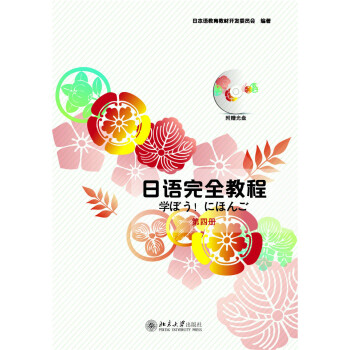

![大学英语四级教程(附光盘) [College English] pdf epub mobi 电子书 下载](https://pic.tinynews.org/11968209/57dfc8b1N7b37b687.jpg)
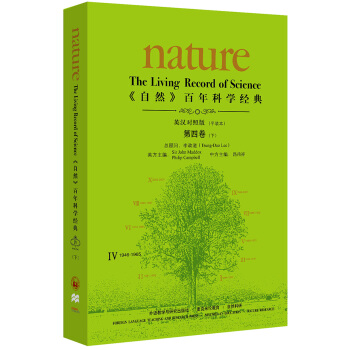
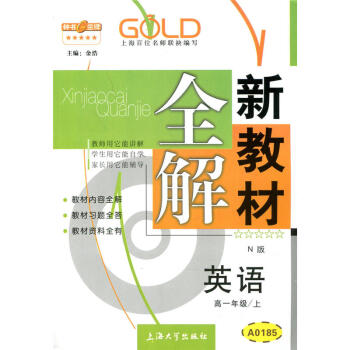

![红楼梦(套装1-5卷) [The Story of the Stone] pdf epub mobi 电子书 下载](https://pic.tinynews.org/12023873/585a1d45Nf4f84ac8.jpg)
![法律英语精读教程(上) [Legal English Intensive Reading Course] pdf epub mobi 电子书 下载](https://pic.tinynews.org/12031060/57cfd506N4614100f.jpg)
